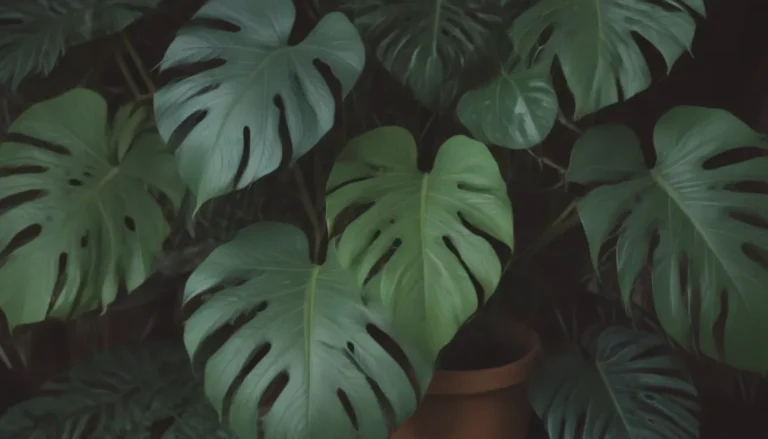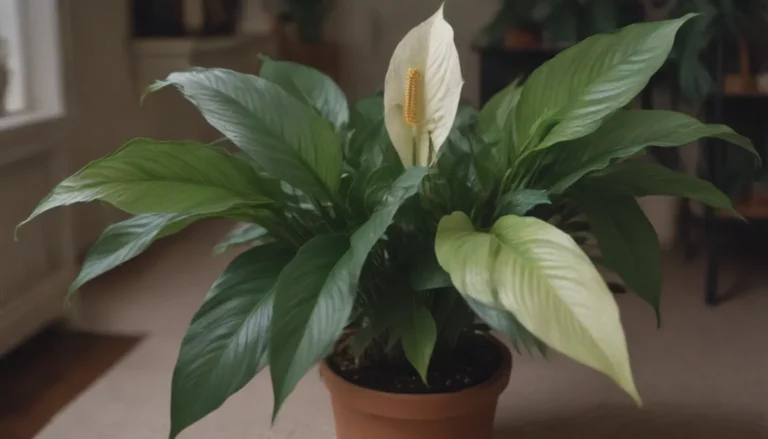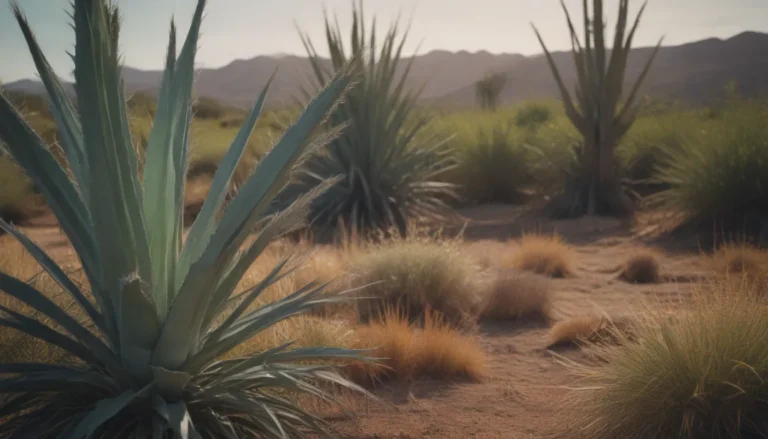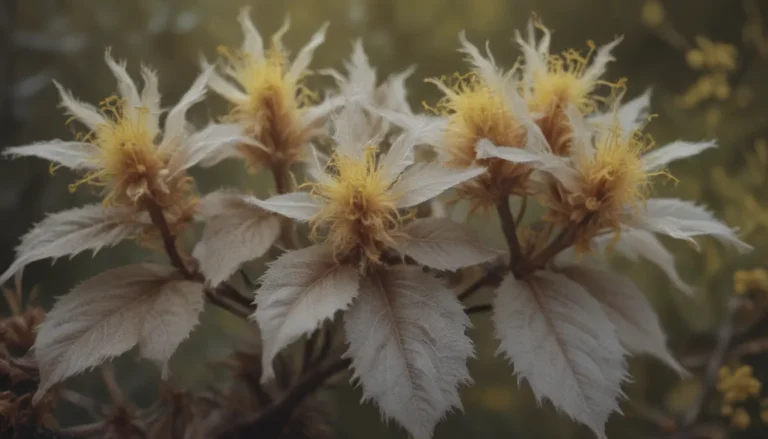The Invasive Common Tansy: Identification and Removal Guide
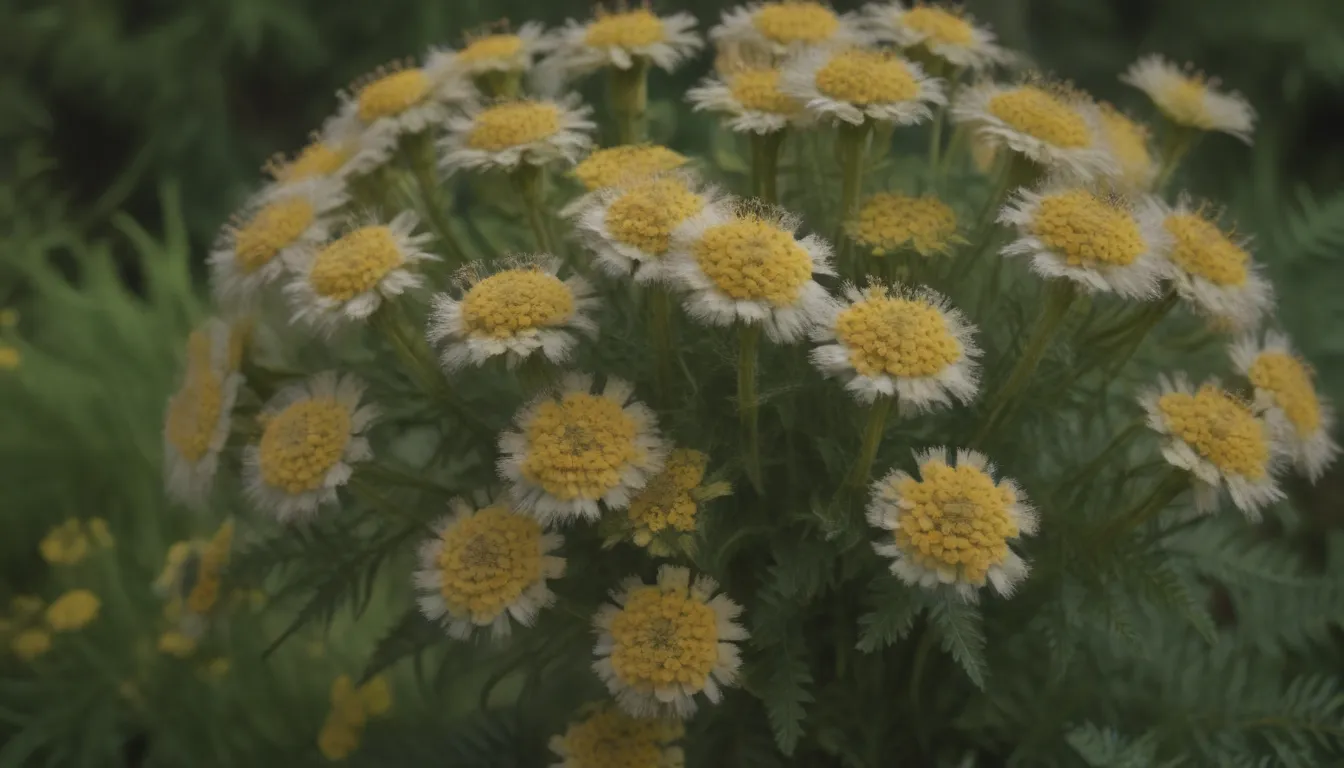
Are you dealing with the pesky common tansy plant taking over your property? This invasive perennial may be beautiful, but it can wreak havoc on the surrounding ecosystem if left unchecked. In this in-depth guide, we’ll dive into how to identify and effectively remove common tansy to prevent its spread and protect your environment.
The Invasive Nature of Common Tansy
Common tansy, known for its dark green fern-like foliage and golden button-like flower clusters, is a highly invasive plant that can quickly take over an area. Originally brought to North America by American colonists for its medicinal properties, common tansy has now naturalized and become a threat to native plant communities.
- Invasive Characteristics:
- Fast reproduction through seeds and rhizomatous roots
- Dense cover formation, choking out native vegetation
- Toxicity to humans, cows, and horses
- Displacement of wildlife habitats and reduction of species diversity
Why Should You Remove Common Tansy?
This invasive plant has been listed as one of the worst invasive species in North America, leading to prohibitions on its sale and cultivation in several states and provinces. The rapid spread of common tansy can have detrimental effects on the local ecosystem, making it essential to control and eliminate this plant where it is found.
Identifying Common Tansy
To effectively remove common tansy from your property, you first need to be able to identify it. Here are some key characteristics to look out for when identifying common tansy:
- Physical Characteristics:
- Three to six vertical stems with brown to reddish-brown coloration
- Fern-like or feathery green leaves with a pungent camphor-like odor when crushed
- Bright golden or yellow button-like blooms in flat-topped clusters
Once you’ve identified common tansy on your property, it’s crucial to take action to prevent its spread and eliminate it effectively.
What Sets Common Tansy Apart from Tansy Ragwort?
It’s essential to differentiate between common tansy and tansy ragwort, another noxious weed with yellow daisy-like flowers. Common tansy’s button-like flowers and distinctive foliage set it apart from tansy ragwort, ensuring you target the correct plant for removal.
How to Remove Common Tansy
Now that you’ve identified common tansy on your property, it’s time to take steps to remove it effectively. Here are some methods you can use to control and eliminate common tansy:
- Manual Removal:
- Use a shovel to dig out individual plants or small patches
-
Ensure all roots are removed to prevent regrowth
-
Chemical Control:
- Use a broad-spectrum herbicide for large infestations
-
Target the plants to be removed and wear protective gear
-
Mowing:
- Mow infestations to weaken plants before applying herbicide
- Requires less herbicide and can be an effective control method
Preventing Spread and Regrowth
To prevent common tansy from spreading and regrowing, it’s crucial to remove plants before they set seed. By removing plants before or during the flowering period, you can limit the spread of common tansy and prevent new plants from germinating in the following year.
Expanded Uses of Tansy
Beyond its invasive nature, tansy has a rich history of traditional uses and associations. While historically used as a medicinal herb and insecticide, recent research has highlighted its potential in repelling mosquitoes. The word “tansy” itself is derived from the Greek word “athanasia,” meaning immortality, showcasing the plant’s historical significance.
- Traditional Uses:
- Medicinal herb in Europe
-
Historically used as an insecticide
-
Contemporary Applications:
- Effective mosquito repellent
- Symbol of immortality, protection, and health
Conclusion
In conclusion, common tansy is a highly invasive plant that can have devastating effects on the local ecosystem if left unchecked. By identifying and effectively removing common tansy from your property, you can help prevent its spread and protect native plant communities and wildlife habitats.
Remember to take necessary precautions when handling common tansy, as its leaves are toxic to humans and animals. Whether through manual removal, chemical control, or mowing, there are ways to combat this invasive plant and restore balance to your environment.
Next time you spot common tansy taking over your property, arm yourself with the knowledge and methods shared in this guide to effectively control and eliminate this troublesome plant. Let’s work together to keep our environment healthy and thriving!

